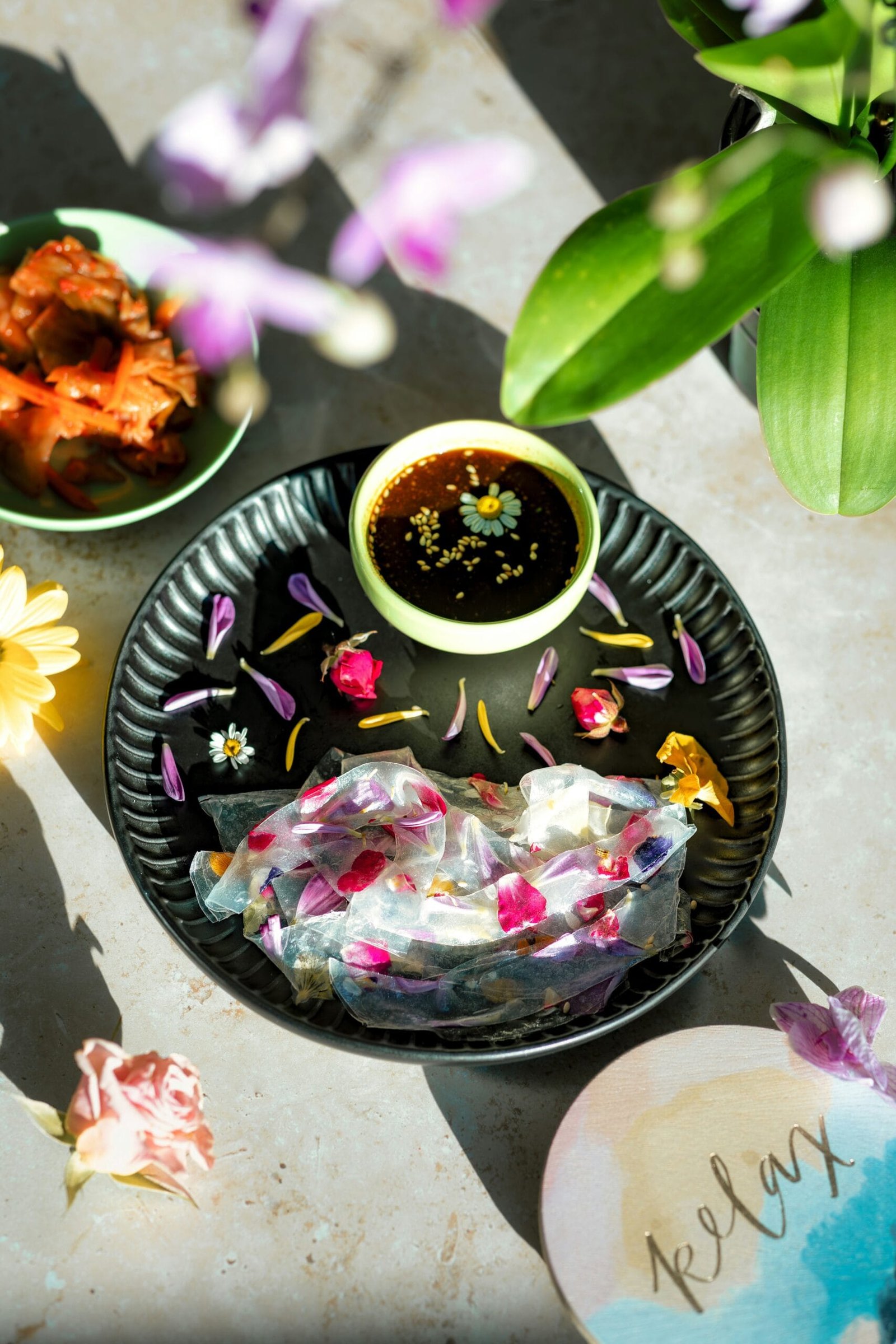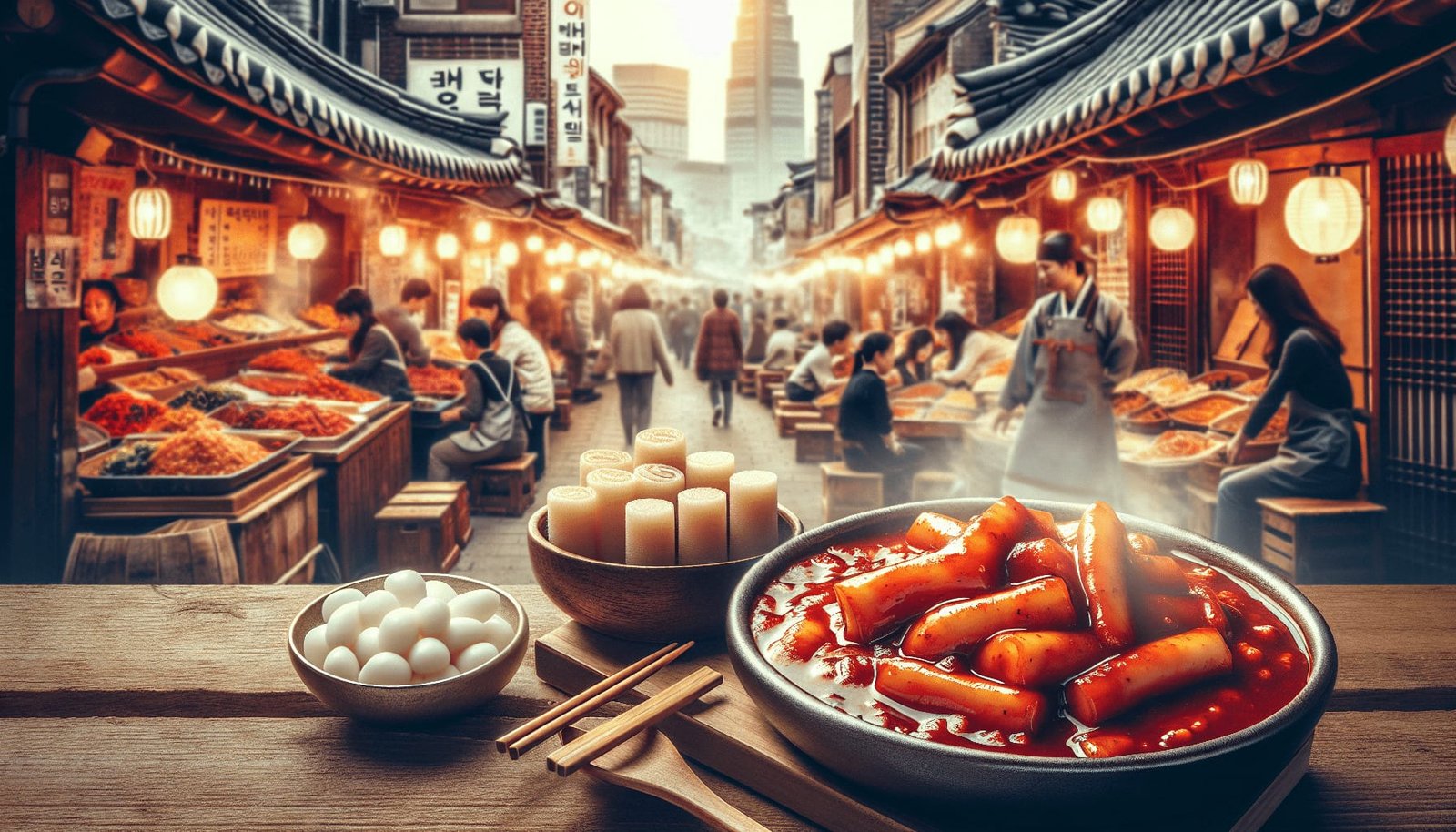Can you remember the last time you savored a bite of something truly delicious from a street vendor? That sense of adventure and authenticity might remind you of Korean street food. But have you ever wondered how those mouthwatering treats came to be? Understanding the history and evolution of Korean street food is like unfolding a story rich with culture, tradition, and innovation. Let me shed some light on this intriguing journey.

A Culinary Journey Back in Time
Korean street food has roots that dig deeply into the nation’s history. To appreciate these flavors, it’s essential to trace their origins and evolution. Street food in Korea isn’t just a modern-day gastronomic phenomenon; it has been entwined with the nation’s social and economic fabric for generations.
Early Beginnings: Food as Survival
Initially, street food in Korea was born from necessity. During the Joseon Dynasty (1392-1897), Korea was primarily an agrarian society. The scarcity and limitations of certain crops made Koreans resourceful and innovative with available ingredients. The need for sustenance during market trips led to simple offerings like rice cakes and boiled grains.
Key Early Street Foods:
| Street Food | Description |
|---|---|
| Tteok | Various rice cakes often sweetened or plain |
| Sikhye | Sweet rice beverage |
| Kkul-tarae | Honey-based dessert |
These humble beginnings demonstrate how necessity spurred creativity and practicality, laying the groundwork for a richer street food tradition.
Influence of War and Occupation
The tumultuous events of the 20th century, including the Korean War and Japanese occupation, brought profound changes to Korean society, which inevitably trickled down to the culinary landscapes.
Japanese Occupation’s Impact
During the Japanese occupation of Korea from 1910 to 1945, the influence of Japanese culture introduced new culinary techniques and flavors. Dishes like odeng (fish cake) and bungeoppang (fish-shaped pastry filled with sweetened red bean paste) owe their introduction to this period.
Japanese Influences:
| Street Food | Description |
|---|---|
| Odeng | Fish cake often served on a skewer in a fish broth |
| Bungeoppang | Sweet pastry shaped like a fish |
These additions show a melding of cultures that expanded the boundaries of traditional Korean flavors, creating a fusion that continues to be enjoyed today.
Post-War Period: Recovery and Street Foods
Post-war Korea faced significant poverty, leading to the flourishing of street vendors who catered to hungry but financially constrained citizens. This era saw the proliferation of foods that were cheap, filling, and easy to prepare.
Post-War Innovations:
| Street Food | Description |
|---|---|
| Bindaetteok | Mung bean pancakes often cooked on a hot plate |
| Hotteok | Sweet pancakes with a brown sugar filling |
| Tteokbokki | Spicy rice cakes in gochujang sauce |
The creation and popularization of these foods reflect an era where resilience and resourcefulness were key in rebuilding a nation.

Modern Renaissance of Korean Street Food
Today, Korean street food has gained global recognition, celebrated for its rich flavors and diverse offerings. The rise of food tourism and global food shareability through social media platforms has made Korean street food a sought-after experience.
Global Popularization
Social media has played a pivotal role in the global expansion of Korean cuisine. Dishes like Korean corndogs and gochujang-laden delicacies have captured the culinary imagination of food enthusiasts worldwide. Food festivals, Korean dramas, and online cooking classes further amplify this reach.
Reinvention and Innovation
Innovation has become central to the modern Korean street food scene. Traditional recipes are reimagined with a twist, offering a fresh take while preserving authentic flavors. Look at how the simplistic kimbap evolved into variations filled with a multitude of ingredients, catering to diverse tastes.
Modern Innovations:
| Street Food | Description |
|---|---|
| Kimbap Variations | Filled with various ingredients like cheese, tuna, and vegetables |
| Fried Chicken with Sauces | Korean fried chicken flavored with soy garlic, honey butter, etc. |
| Korean Corn dogs | Sausages and cheese wrapped in batter, then deep-fried |
Cultural Identity and Nostalgia
Despite modern twists and turns, Korean street food remains a powerful symbol of cultural identity and nostalgia. The experience of eating from a street vendor, surrounded by familiar aromas and bustling environments, is inextricably linked to childhood memories and simpler times for many Koreans.

The Ingredients Behind the Flavors
The essence of Korean street food lies in its ingredients. They are affordable, accessible, and versatile, allowing endless combinations and flavors. Let’s examine the staples that create these beloved dishes.
Rice: The Foundation
Rice plays a pivotal role in many recipes, serving as a neutral backdrop that absorbs and complements distinct flavors. It’s utilized in various forms, from steamed grains to flour and starch in desserts and savory dishes alike.
Gochujang: The Spicy Heart
Gochujang, or fermented red chili paste, adds a signature spicy kick to numerous dishes. Its complex flavors—combining sweetness, heat, and umami—are responsible for the fiery allure found in tteokbokki and many more.
Vegetables: Freshness and Crunch
Fresh produce, such as cabbage, scallions, and sweet potatoes, add texture and balance, contributing vital nutrients while enhancing the sensory experience.

Conclusion: The Ever-Evolving Feast
Korean street food is a dynamic and evolving tapestry woven from historical influences, cultural interactions, and modern-day innovations. Its history tells a tale of adaptation and resilience, with each dish offering a taste of Korea’s past and a glimpse into its vibrant future. Whether you’re strolling through Seoul or savoring these treats elsewhere, Korean street food promises a feast for the senses steeped in rich tradition and perpetual evolution. As you indulge in these flavors, you’re partaking in a tradition that transcends boundaries, inviting everyone to enjoy a taste of Korea’s culinary history.
What street food dish would you love to try next?

